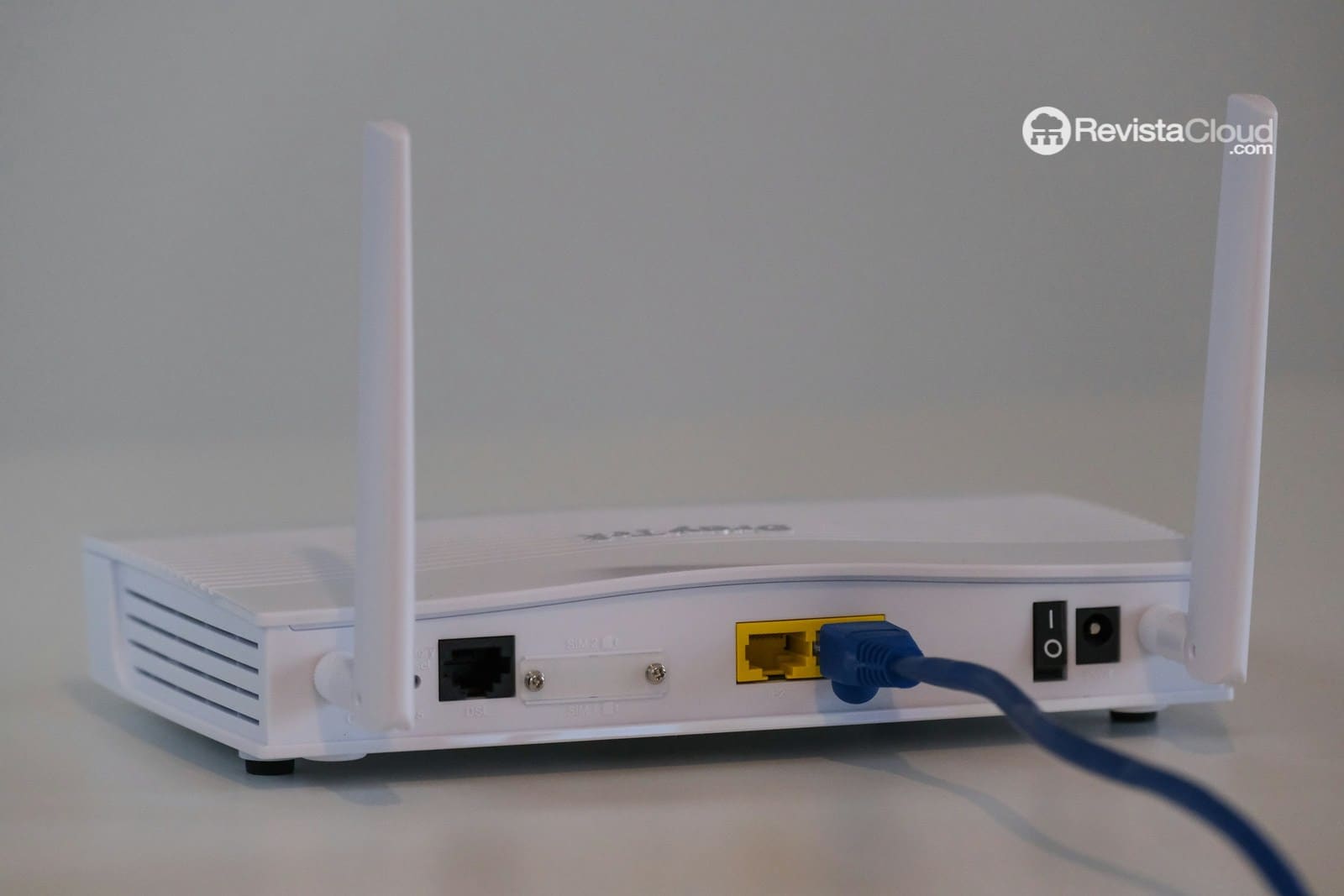The WPS (Wi-Fi Protected Setup) button on routers has become a useful tool for quickly connecting devices to the internet without needing to enter complex passwords. However, this method also raises serious security concerns that users should consider before using it.
What is the WPS button on the router?
The WPS button is a feature integrated into most modern routers that allows for a wireless internet connection without having to enter the full network password. This system is especially helpful for those who forget the password or for connecting devices like printers, smart TVs, or smartphones in just a few seconds.
By pressing the WPS button, the router’s Wi-Fi network opens for a brief period—typically two minutes—allowing devices to connect directly. While this method streamlines the setup process, it also leaves the network vulnerable during that time.
Location and operation of the WPS
The WPS button is usually located on the back or side of the router and is marked with the letters “WPS.” Its operation is quite simple:
- Press the WPS button: Hold the button for less than five seconds. A LED light will start blinking, indicating that WPS is active.
- Connect the device: From the device you want to connect, look for the Wi-Fi network and select connect. In some cases, you may be prompted for an 8-digit PIN, which is usually printed on the router.
- Connection established: Once the PIN is entered, the device will automatically connect to the network.
This process is also useful for connecting printers with WPS buttons, which can integrate into the network through a similar procedure.
Security risks of WPS
Despite its convenience, using WPS can compromise the security of your Wi-Fi network. During the two minutes that the network is open, it is more vulnerable to unauthorized access. Although the system requires the 8-digit PIN, this code is easier to decipher compared to the long and complex passwords typically set on routers.
Furthermore, in some router models, the default WPS PINs are publicly known, making unauthorized access even easier.
Security measures to protect your network
If you decide to use the WPS button, it’s important to take certain precautions to minimize risks:
- Deactivate WPS when not needed: Some routers allow you to disable this feature from the settings, limiting its use to specific situations.
- Change the default PIN: If your router allows it, set a new PIN that is harder to guess.
- Prefer alternative methods: Opt to manually enter the password or use QR codes that some modern routers include for securely sharing the connection.
Safer alternatives to WPS
The traditional method of manually entering the network password remains the safest, especially if it is robust enough. Additionally, many current routers include options such as:
- QR Codes: Scanning a code to access the network is a quick and secure solution.
- Guest Networks: Creating a separate Wi-Fi network for visitors or occasional devices helps avoid compromising the main network.
Conclusion
The WPS button is a useful tool that facilitates internet connectivity, but its use comes with risks that should not be overlooked. For those who value the security of their network, it is essential to be aware of these vulnerabilities and take measures to protect it. While WPS can be a quick solution, alternative methods such as strong passwords or QR codes offer greater peace of mind against potential threats.

